Mandarin Oriental at 60: a history of Hong Kong’s legendary hotel
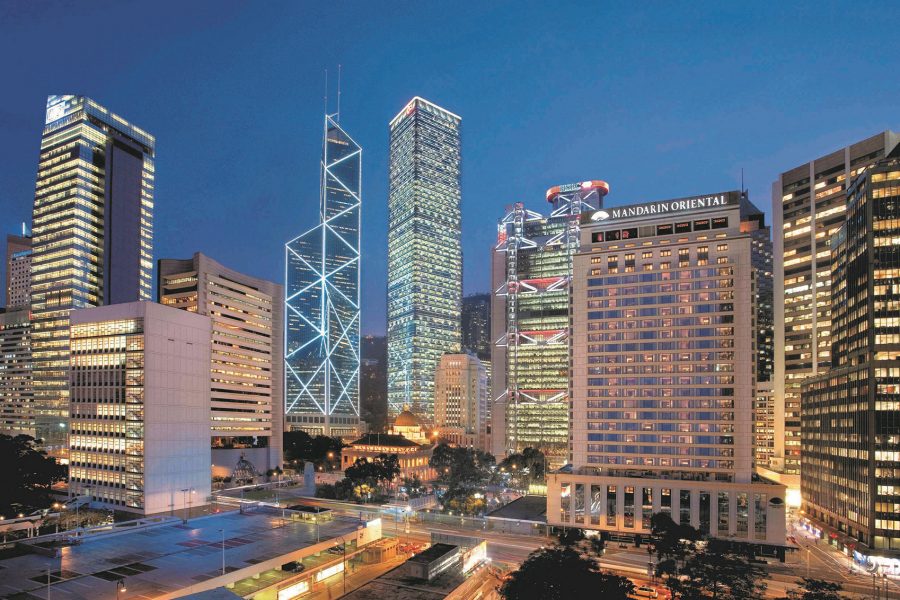
Sixty years after it first opened its doors, the Mandarin Oriental Hong Kong remains a titan in the realm of hospitality, welcoming guests from all over the world with unparalleled poise and polish – especially in these coming months as the hotel�’s Michelin-starred chefs grace the stage for the grand occasion.
When construction of the Hong Kong flagship was completed in 1963, it was the tallest building in the city, having cost HK$108 million to design and build – the same price as a small shop in Tsim Sha Tsui nowadays.
The shiny new structure was an example of what Asian luxury could look like, offering comforts which we might now take for granted such as a bath in every guestroom and individual access to direct-dial telephones. An early 1963 advertisement also touted air-conditioned rooms and a rooftop swimming pool.
Crucially, the brains behind the hotel’s architecture and design, John Howarth of Leigh & Orange Architects, and interior designer and Bridge over the River Kwai art director Don Ashton, cemented its signature East-meets-West sensibility – creating a blueprint for future facelifts.
Originally known as “The Mandarin”, the hotel once stood along the waterfront of Hong Kong Island, offering unparalleled views over Victoria Harbour. The waters were eventually reclaimed as Hong Kong’s population and infrastructure exploded – and as the years went by, the hotel, too, would undergo many a sea change.
In celebration of its 60th anniversary, we’re delving into the history of this Hong Kong icon.

Credit: Mandarin Oriental

Credit: Mandarin Oriental
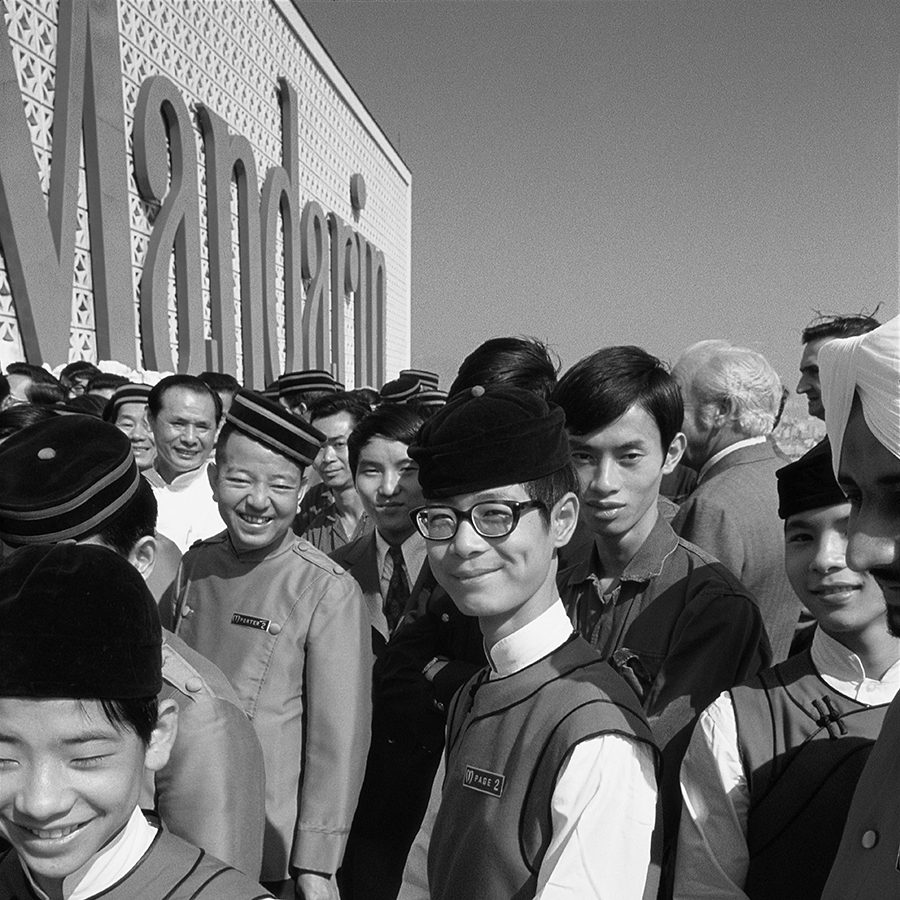
Credit: Mandarin Oriental
Bold beginnings
When an opportunity arose to build on the site of the now-demolished Queen’s Building, Hugh Barton – then Chairman of Hong Kong Land Company – presented Hong Kong with a new challenge: opening a modern luxury hotel in the city. He would go on to make local history when The Mandarin finally opened on 25 October 1963.
The hotel towered over the city at 27 storeys, with 650 rooms ready for the first high-profile guests. Its ritzy bar, The Chinnery, was originally envisioned as a gentlemen’s club, while the grill house, Saddle & Sirloin, would later become the Mandarin Grill + Bar – both of which continue to draw in gourmands today.
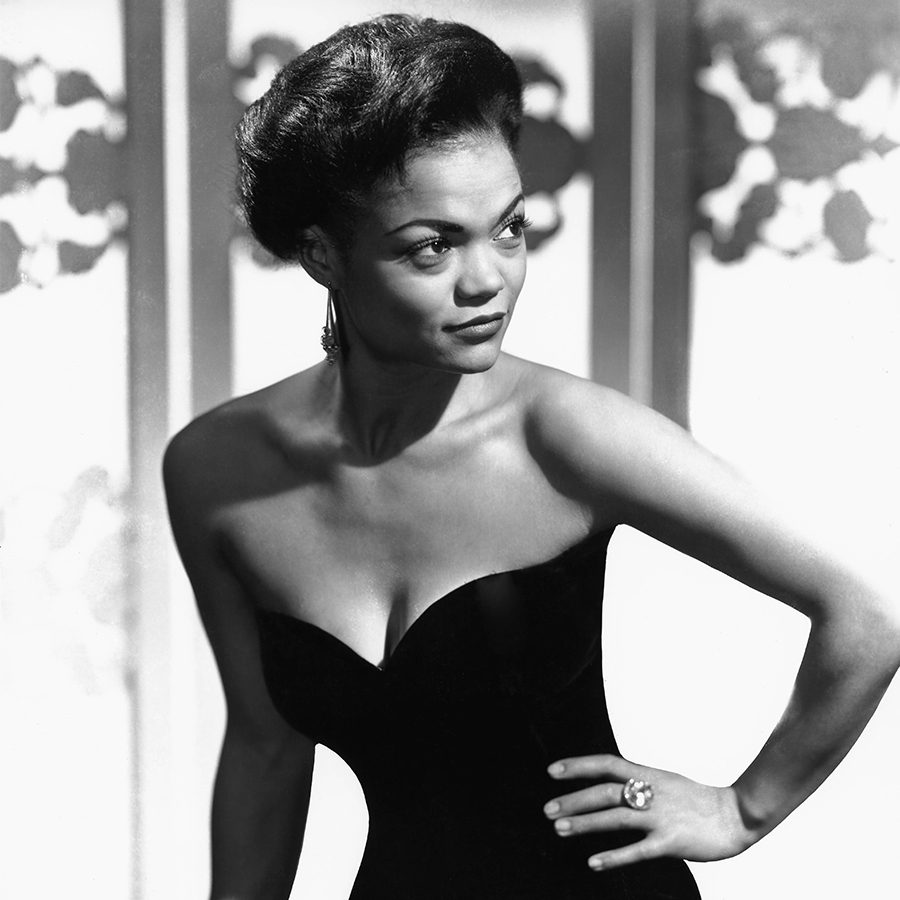
Credit: Getty Images
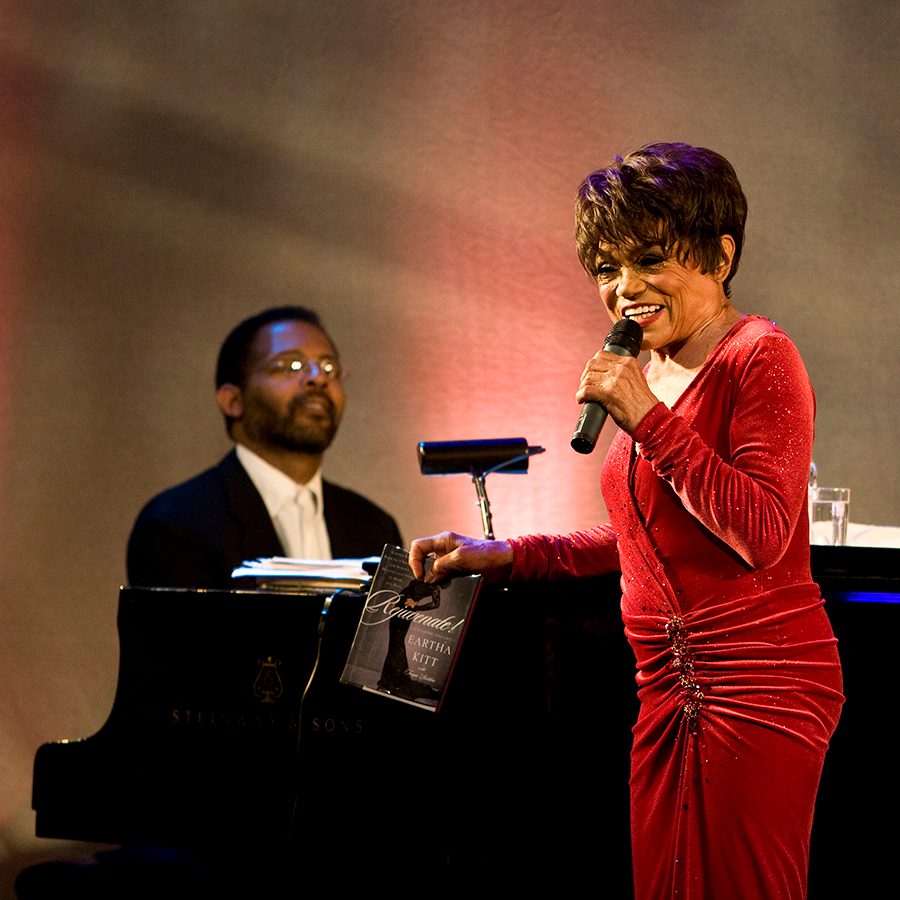
Credit: Getty Images
The arrival of a glamorous new addition to Hong Kong’s hospitality scene naturally caught the attention of the world’s glitterati. Singer Eartha Kitt performed at the hotel’s Harbour Room in 1973 and designer Christian Dior hosted a fashion show in 1977.
The swift success of The Mandarin led to its acquiring a stake in a hotel in Bangkok called “The Oriental” in 1974. The Hong Kong property was thus later rechristened the “Mandarin Oriental”, and a parent company was formed with an eye to expanding the brand overseas.
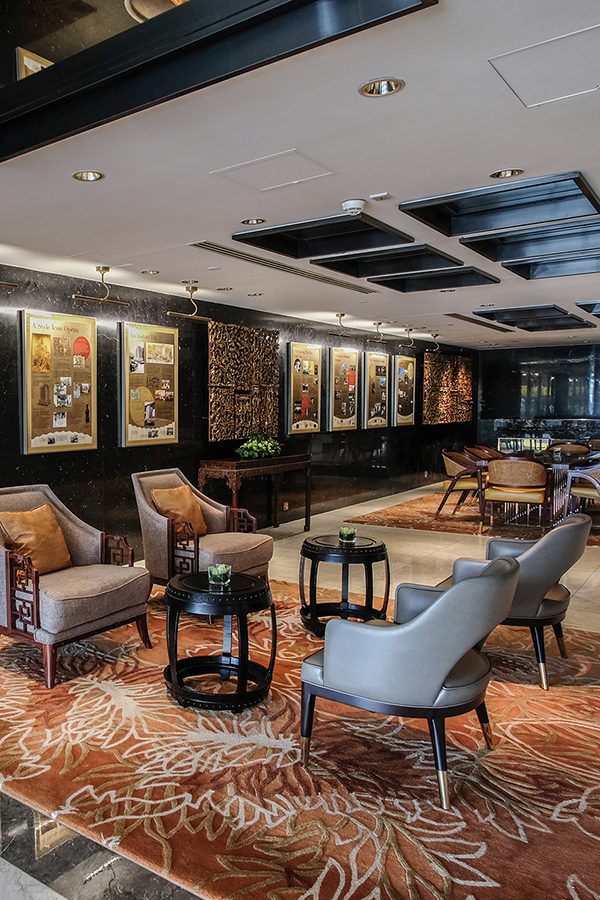
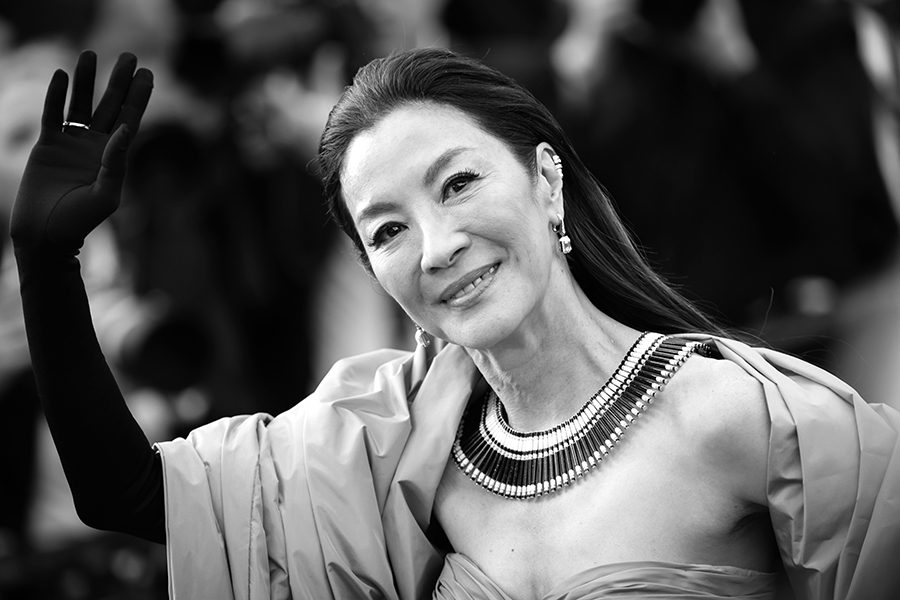
Michelle Yeoh
Credit: Getty Images
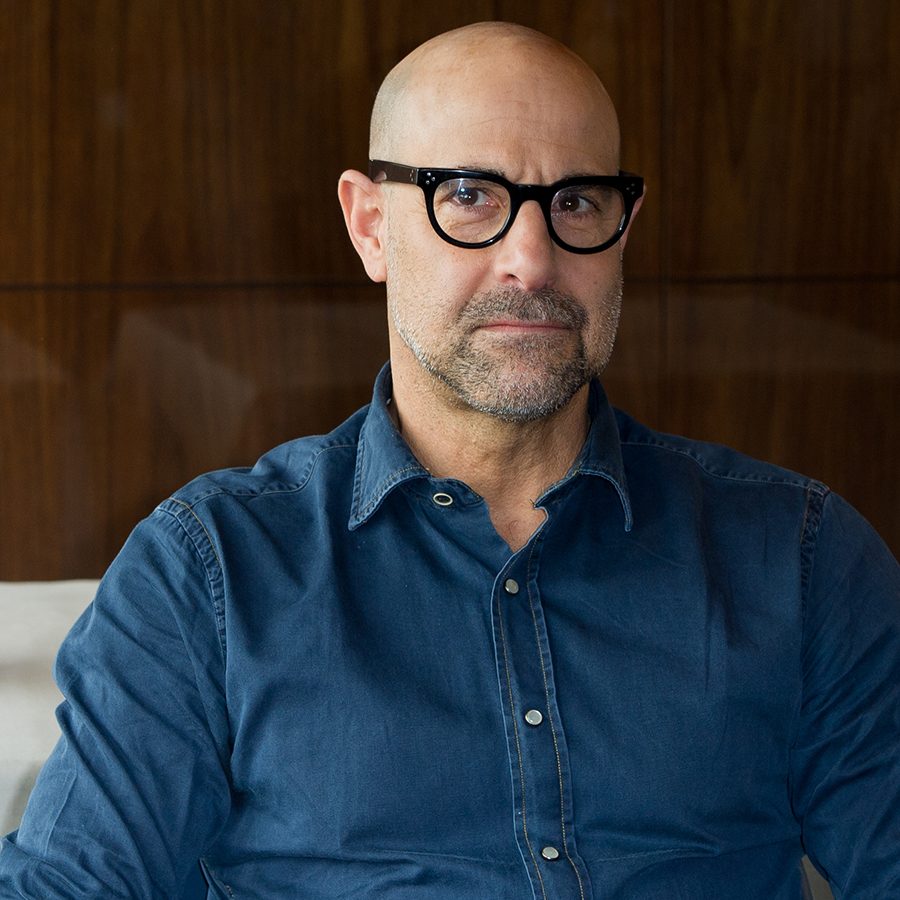
Stanley Tucci
Credit: Getty Images
Fan base
By the time the ’80s rolled along, the grand hotel had adopted its iconic fan logo and begun to expand in the US, with plans to open other properties elsewhere around the world. And although Kitt had once sung her hit I’m Just an Old-Fashioned Girl in its environs, the Mandarin Oriental was shifting with the times.
The Chinnery became open to both men and women in 1990, and the year 2000 saw the launch of the star-studded “I’m a Fan” campaign, featuring celebrity fans of the hotel group such as Stanley Tucci, Lucy Liu, Dame Helen Mirren, and recent Oscar-winner Michelle Yeoh and Karen Mok. Still, the hotel in Hong Kong – by then reaching its fourth decade – was in further need of a modern shakeup. So it was that in 2005, the Mandarin Oriental made the daring decision to shut its Hong Kong doors for nearly a year as it underwent a massive US$150 million (HK$1.18 billion) renovation. At the same time, the brand opened its second Hong Kong property, The Landmark Mandarin Oriental.
When the flagship reopened in 2006, it had several exciting new offerings for guests. Under the eye of veteran designer Sir Terence Conran, the Mandarin Grill + Bar had been given a new look, while a partnership with champagne brand Krug yielded the world’s first Krug Room. The following year would also see the opening of the Mandarin Spa, now one of the city’s top wellness destinations.
In 2013, the hotel went all out in celebration of its 50th anniversary, with a massive gala attended by the likes of Dame Helen Mirren, Vivienne Tam and Maggie Cheung. A photo exhibition reflected on the Mandarin Oriental’s history, and a stunning video projection onto its façade shared the story of its construction and explored the changing face of Hong Kong over the years. Michelin-starred chefs were also invited to create a series of special dining experiences – a tradition being revived this year for the hotel’s 60th anniversary.
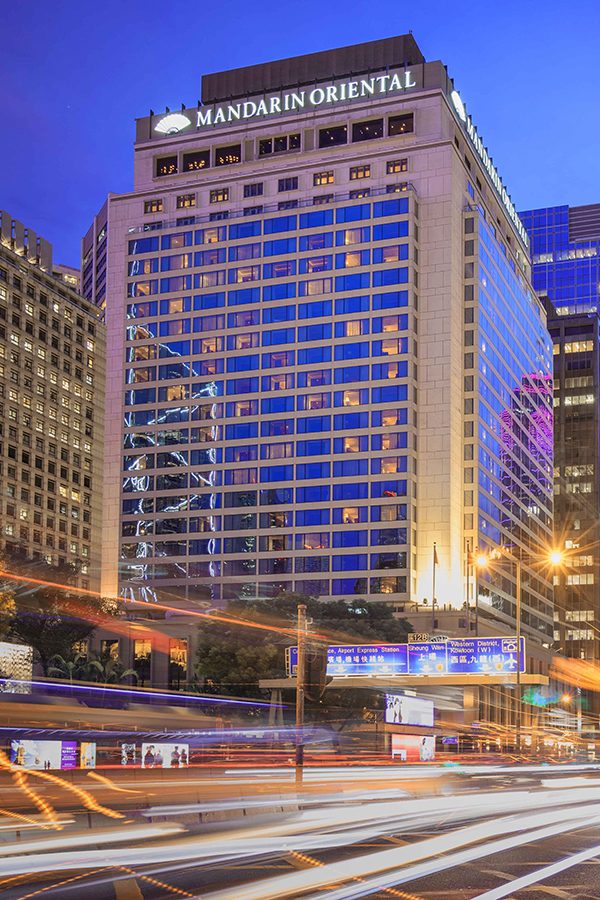
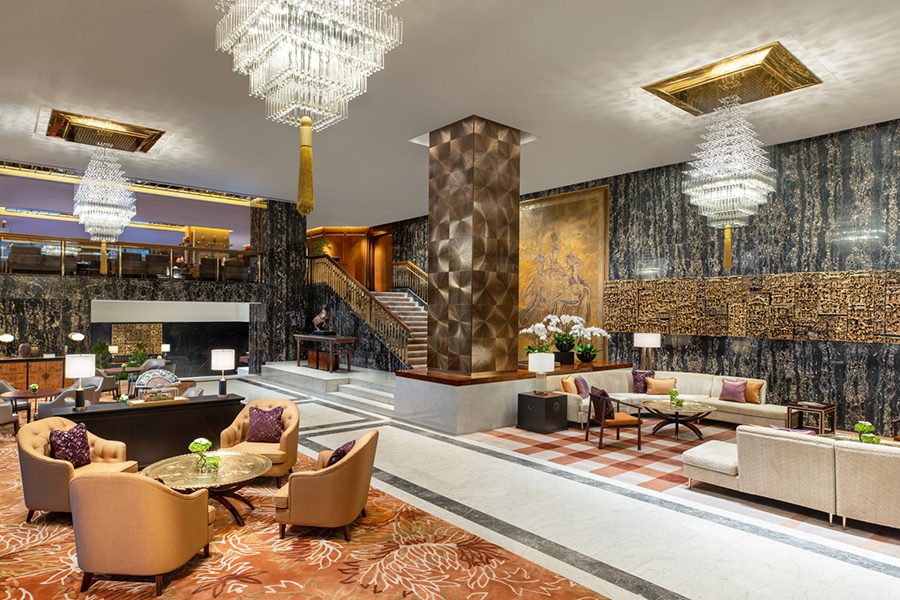
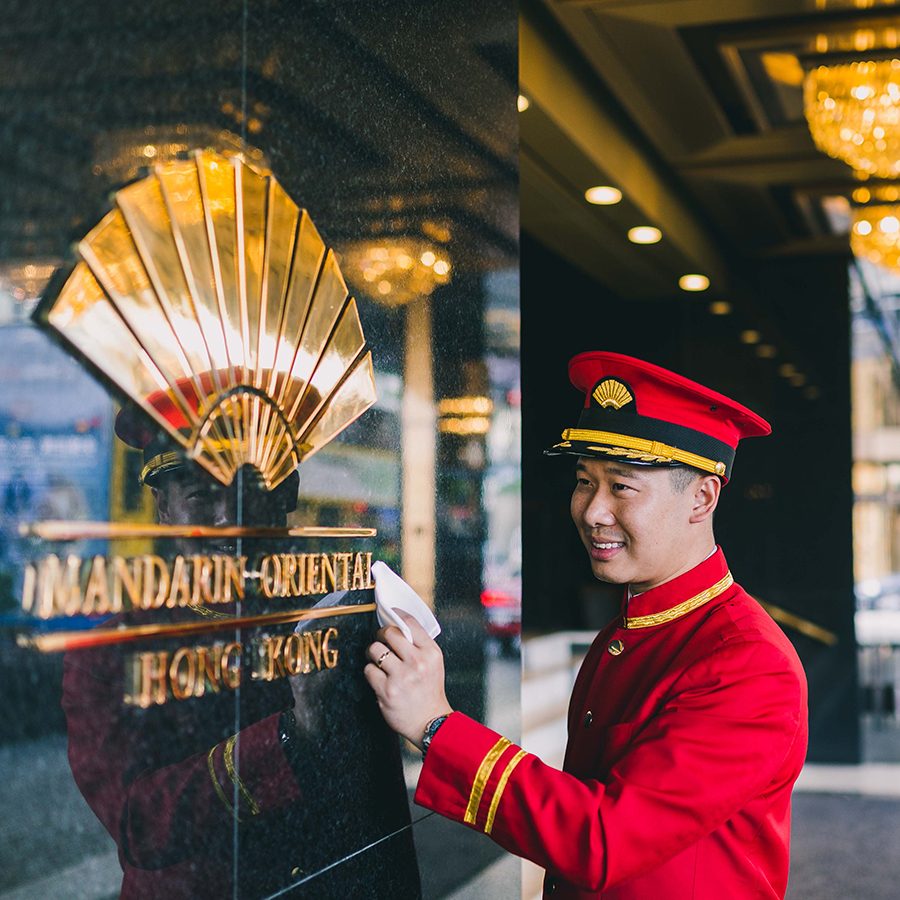
Modern times
With the onset of the pandemic in 2020, the Mandarin Oriental closed its doors once again, embarking on another renovation project that lasted six months. Since reopening in 2021, and with the eventual removal of all pandemic restrictions, the hotel has delighted in welcoming back guests from far and wide.
What started as a pipe dream in 1963 has grown into a global empire, with the Mandarin Oriental brand spanning 36 hotels across four continents and touting 28 Michelin stars across its restaurants, including Hong Kong’s own Man Wah and Amber .
To celebrate 60 years since the journey began, the brand’s Hong Kong properties will once again be welcoming Michelin-starred chefs from across its global network over the coming months. To kick-start the celebrations, Chef Antonio Guida of Mandarin Oriental, Milan recently hosted four nights at the Mandarin Grill + Bar , while Alain Roux of Le Normandie in Bangkok and Jon Bowring of London’s Dinner by Heston will be taking over the restaurant in July and September respectively, delivering menus that pay homage to the Mandarin Oriental’s long and glamorous history.
Learn more about the Mandarin Oriental’s Michelin-starred chef promotion at the Mandarin Grill and Bar here.
More inspiration
Hong Kong travel information
- China – the Chinese Mainland, Hong Kong SAR, Macao SAR and Taiwan Region
- Hong Kong SAR - English
- Chinese Mainland (China) - English
- Taiwan, China - English
- 香港特別行政區 - 繁體中文
- 中国內地 - 简体中文
- 中國台灣 - 繁體中文
- Africa
- South Africa - English
- Asia
- Bangladesh - English
- Korea - English
- Singapore - English
- Cambodia - English
- 한국 - 한국어
- Sri Lanka - English
- India - English
- Malaysia - English
- Thailand - English
- Indonesia - English
- Maldives - English
- ประเทศไทย - ภาษาไทย
- Indonesia - Bahasa Indonesia
- Myanmar - English
- Vietnam - English
- Japan - English
- Nepal - English
- Việt Nam - tiếng Việt
- 日本 - 日本語
- Philippines - English
- Australasia
- Australia - English
- New Zealand - English